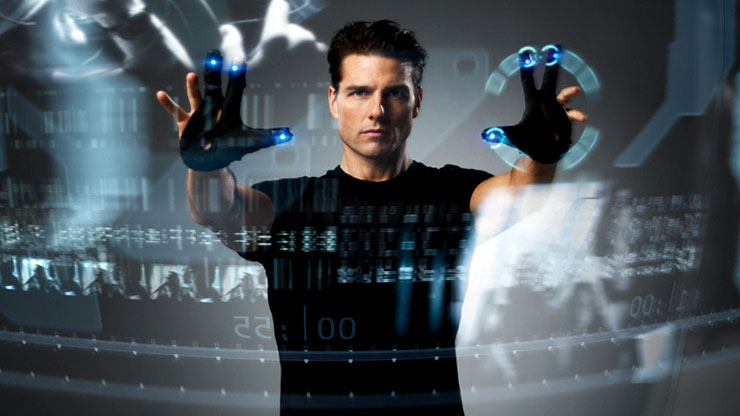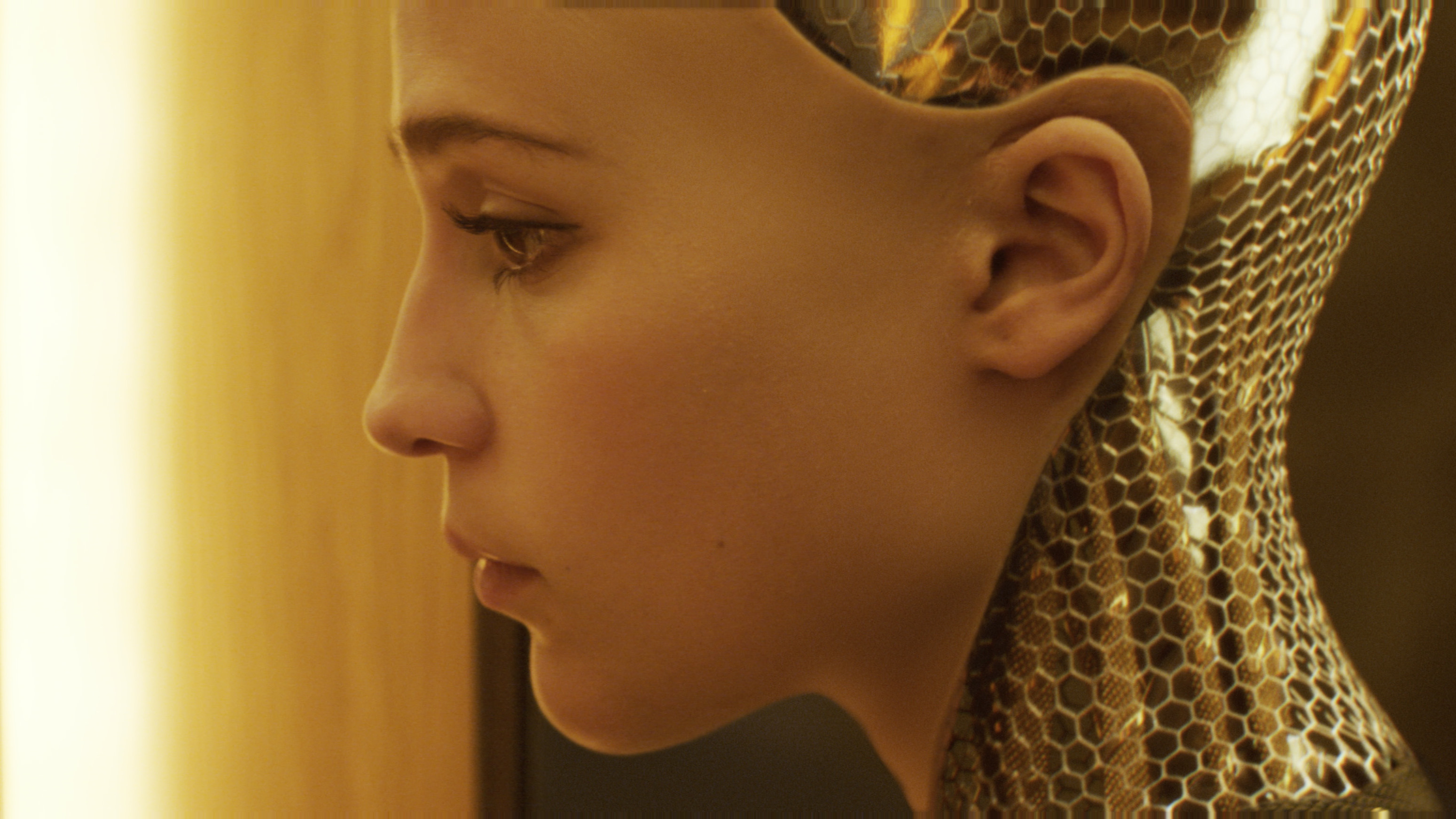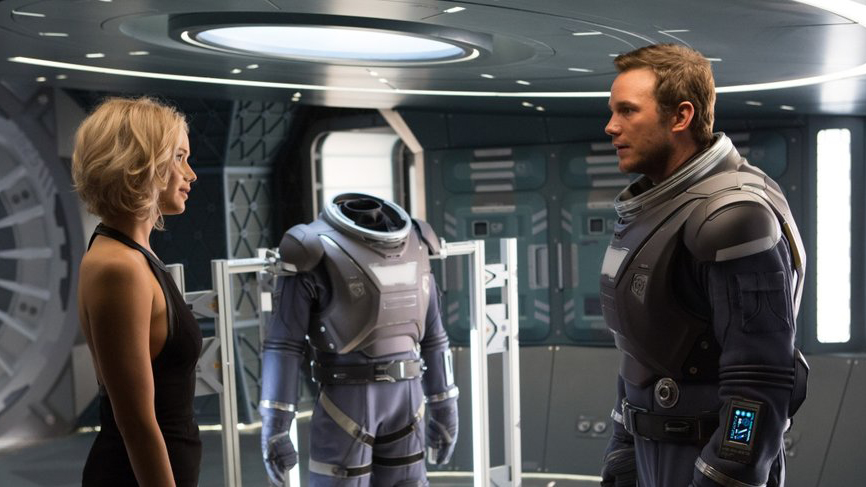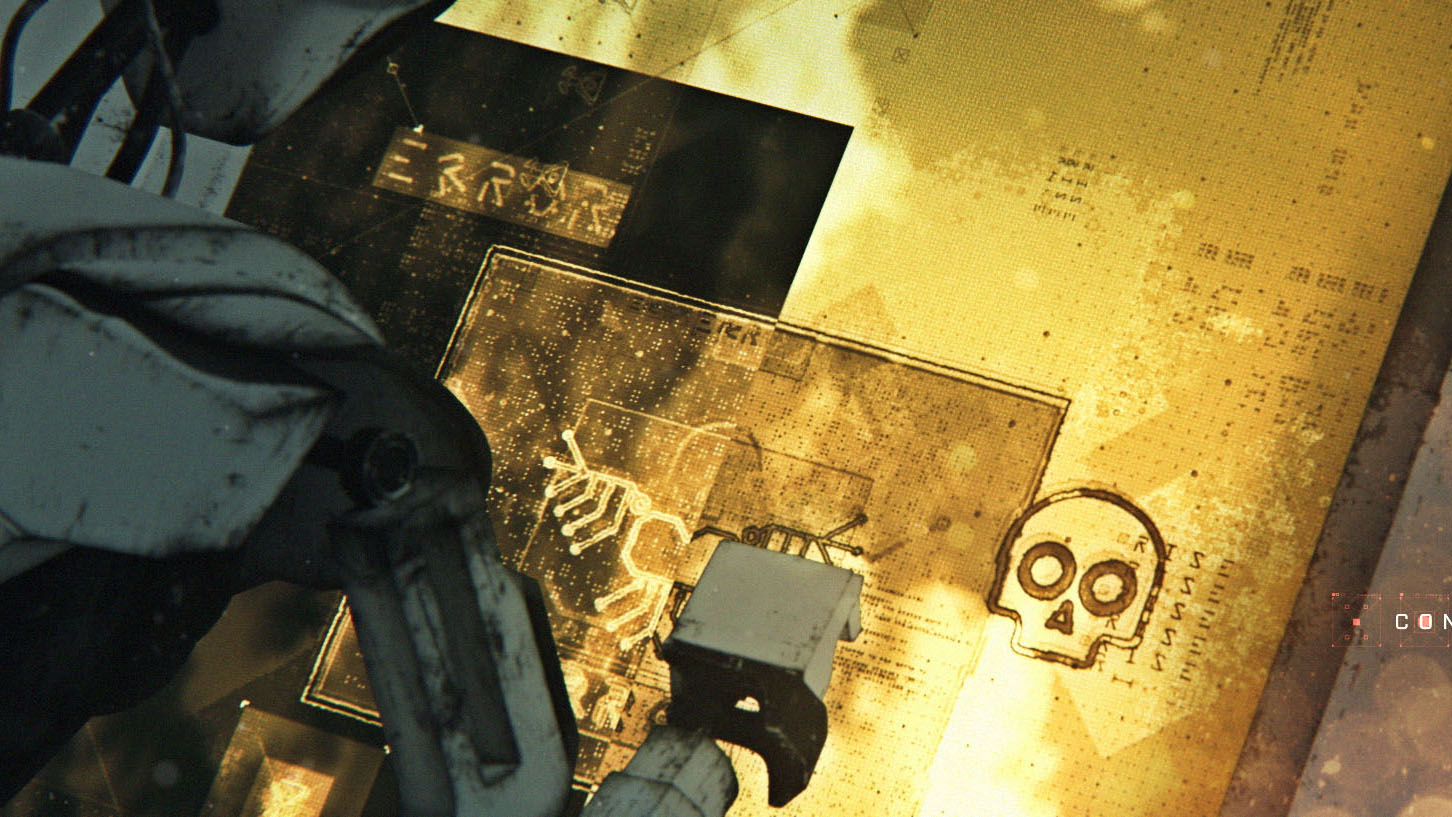Spaceship screens, superhero suits and sci-fi smartphones: designing UI for movies
Putting the future on the big screen

Main image: Tom Cruise's gesture control interface in Minority Report felt like the distant future back in 2002, but advances in VR and gesture control tech mean it's close to becoming a reality.
Forget alien worlds, fast-paced galactic action and mind-bending time travel narratives. If, like us, you love technology, one of the best parts of immersing yourself in the latest big-screen sci-fi sagas is catching a glimpse of how the tech of the future might look.
Right now is an exciting time to be imagining future technology for film, because real-world tech is evolving at such a rapid pace, which gives those working in the industry massive scope when it comes to dreaming up interfaces, screens and operating systems that are heavily influenced by what we see and use every day – with a dose of the fantastical thrown in for good measure.
To learn more about how future technology is developed for the big screen, we spoke to London-based motion graphics designer Gordon Spurs, who’s currently working with MPC London on the upcoming sci-fi movie Passengers.
We wanted to find out how you go about visualizing the future, and talk about how the tech of fantasy worlds is increasingly influencing the gadgets in our day-to-day lives.
Fantasy and reality are converging
For starters, we wanted to understand what it is that Spurs and his team actually create. “So when we talk about UI (user interface) in film, it’s essentially how any piece of tech on screen works and looks,” he explains. “It’s the operating system, functionality, icons, design, everything you can see.”

And the distinction between current UIs and future ones is becoming increasingly blurred. Spurs explains how the holograms in Star Wars would have seemed like future UI back in the 1970s, as have effects in more recent films, such as Tom Cruise’s gesture control interface in Minority Report. But nowadays that tech is increasingly becoming more reality than fantasy.
Sign up for breaking news, reviews, opinion, top tech deals, and more.
When interfaces invented for sci-fi and fantasy movies actually become a reality a couple of decades, or even just a few years, later – well that’s when things get really interesting. What a time to be alive.
How real tech influences films, and vice versa
So how does Spurs gets started when he’s designing UI for a film? As you’d expect, a huge part of his work is research, and requires him to keep on top of current trends.
“Right now it feels that, more than ever, real-world applications and the fantasy of film are feeding into each other and influencing one another’s development,” he says. “We’ve come a long way from Star Trek trying to show you what an iPad might like look like in 1972.”
“We’ve come a long way from Star Trek trying to show you what an iPad might like look like in 1972.”
Gordon Spurs
And the processes of developing the tech we use every day, and the tech of sci-fi and fantasy, are surprisingly intertwined. Spurs explains: “In the present day, companies like Google and Microsoft are investing billions in innovating all kinds of technologies applicable for UI development from VR to augmented reality, so naturally they've become more competitive with Hollywood in terms of production quality, functionality and design.”
And there are plenty of brands and companies, spanning a range of industries, that look to studios for inspiration. Spurs adds, “There's a lot of bleed between industries as clients come looking to the studios, and designers who worked on a movie they liked, to update their own product. We’re talking a car menu screen, security technology or even a mobile app interface.”
We were keen to get Spurs’ opinion on which recent movies felt futuristic to him, but not that far away in terms of the development of the tech featured.

“Two great films that showcase an obvious synergy with Silicon Valley are Her and Ex-Machina,” he says. “Both present modern, bold design with a story that focuses on the functionality of how the products work, so in a critical sense, the FUI here is under more scrutiny than in a Star Wars film.”
Spurs also says he was impressed with a lot of the tech in Mission Impossible: Rogue Nation, particularly an ink-like interface Simon Pegg used on a sheet of paper, and a handprint scan that was used to unlock a door, and was created by a the Spov London studio in conjunction with BMW.
“It's not a stretch now to imagine yourself customising a character in 3D the way Tony Stark builds his holographic Iron Man suit.”
Gordon Spurs
Current tech influences fantasy tech, then, and vice versa. So what cutting-edge tech can we expect to see taking cues from the movies in the not-so-distant future?
Well, one obvious place to look is virtual reality. With VR headsets and AR games quickly gaining mainstream momentum, Spurs tells us “the potential of VR and FUI is really exciting if you're a gamer.
“It's not a stretch now to imagine yourself customising a character in 3D the way Tony Stark builds his holographic Iron Man suit, then maybe even taking that character out into real-world locations, like with Pokemon Go, to battle in augmented gameplay.”
A day in the life of a motion graphics designer
We were interested in finding out whether Spurs’ job involves a lot of playing with tech and brainstorming sessions, or whether it’s more about experimenting with designs until they feel real, plausible and yet sufficiently forward-thinking.
When it comes to initial research, Spurs tells us he collects tech trends and ideas constantly on curation sites like Pinterest, so that when he needs to build a new interface he can start at the granular level, perhaps with an icon he’s seen, and create something bigger from there.
The actual building work is done using Adobe Illustrator, Photoshop, After Effects and Cinema 4D. Spurs adds that “we design the structure, functionality and line work as if it were a real commercial OS”.
The most recent film Spurs has worked on is Passengers. “We also had to use Maya to export 3D assets created by the VFX department,” he explained. “Which could be anything from the hero spaceship model to a replica of Chris Pratt’s face.”

He adds that Lidar scans are often used, which are scans obtained from a remote-sensing technology that can measure distance by lighting up a target with a laser and then analysing how the light has been reflected.
“So we get that Lidar data and convert it to 3D geometry, so we have a perfectly accurate representation of each screen and where they are in 3D space,” says Spurs.
And it’s not just a case of creating weird and wonderful symbols and putting them on odd-shaped screens – things have to actually feel like they can work.
“You can’t create an operating system for the hell of it. It needs to add to the story.”
Gordon Spurs
“Directors want to know how and why everything is used,” Spurs says “Why a particular icon is there, how that screen will move onto the next. And it has to add to the narrative too – you can’t create an operating system for the hell of it. It needs to add to the story.”
He explains that there’s a big difference between the time and effort put into creating UI for background screens, which are more like set displays, and the ones that are called ‘hero’ screens, those that add to the story and are front and center as it unfolds.
Getting into the industry
As our collective interest in sci-fi continues to grow, and tech continues to advance at such a rapid speed, it’s likely that more and more budding designers will pursue roles in the development of FUI.
We asked Spurs how he came to be working on some of the biggest sci-fi movies of the moment. He told us: “I originally studied a BA in Computer Animation at the University of Teesside and specialised in 2D Character animation. So it’s pretty far away from what I'm doing now.

“At the time I was really into the work of Sylvain Chomet, who directed a film called Les Triplettes Des Bellville. Passion Pictures were also making those really cool 2D/3D Gorillaz music videos and it just seemed like there were a lot of great 2D jobs around… there weren’t.”
Spurs’ top advice for those keen to follow in his footsteps? Start creating awesome stuff. “Most clients will look at your portfolio like a menu, so if you want to work in this industry and don't have any experience, develop a personal project and show them what you can do,” he says.
“Myself and a couple of friends worked on a title sequence for the Sci-fi London Film Festival at the BFI. We approached them and made it in our spare time.”
You can check out Gordon Spurs’ portfolio at www.gordonspurs.com

Becca is a contributor to TechRadar, a freelance journalist and author. She’s been writing about consumer tech and popular science for more than ten years, covering all kinds of topics, including why robots have eyes and whether we’ll experience the overview effect one day. She’s particularly interested in VR/AR, wearables, digital health, space tech and chatting to experts and academics about the future. She’s contributed to TechRadar, T3, Wired, New Scientist, The Guardian, Inverse and many more. Her first book, Screen Time, came out in January 2021 with Bonnier Books. She loves science-fiction, brutalist architecture, and spending too much time floating through space in virtual reality.